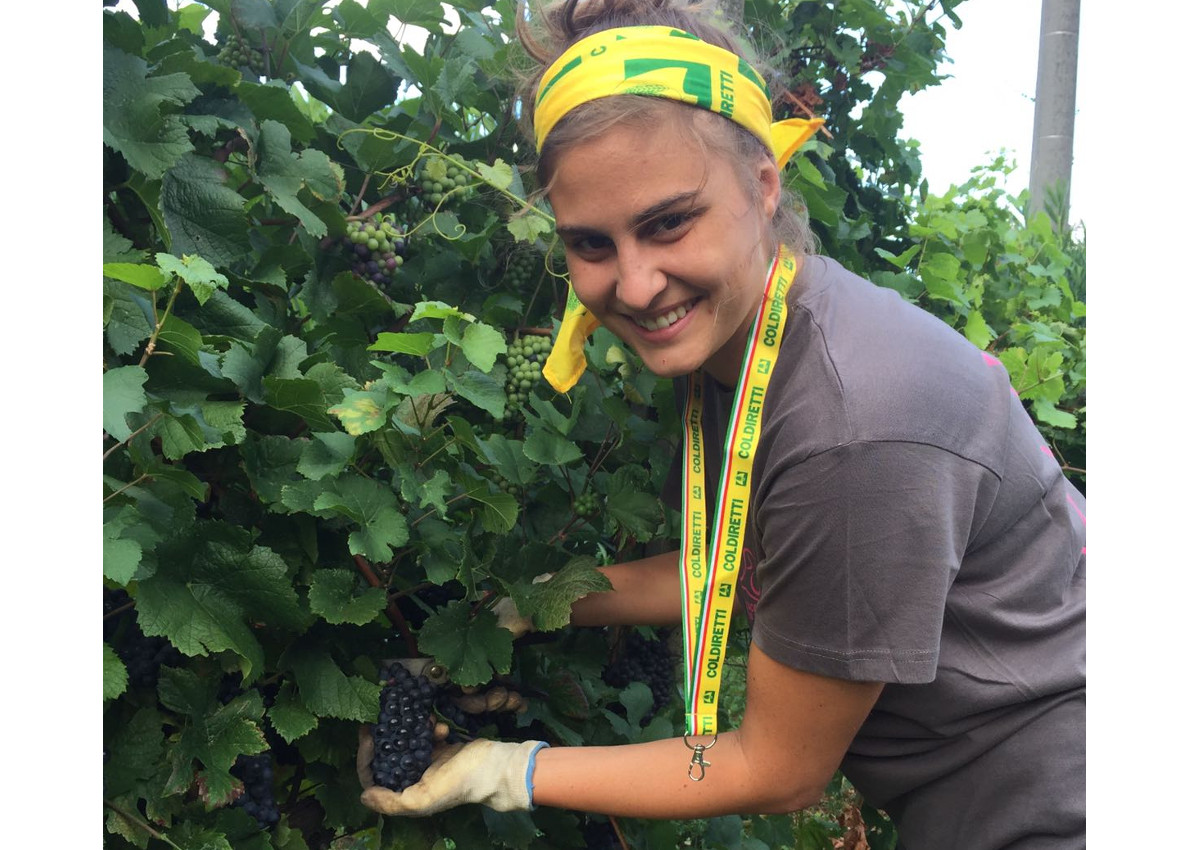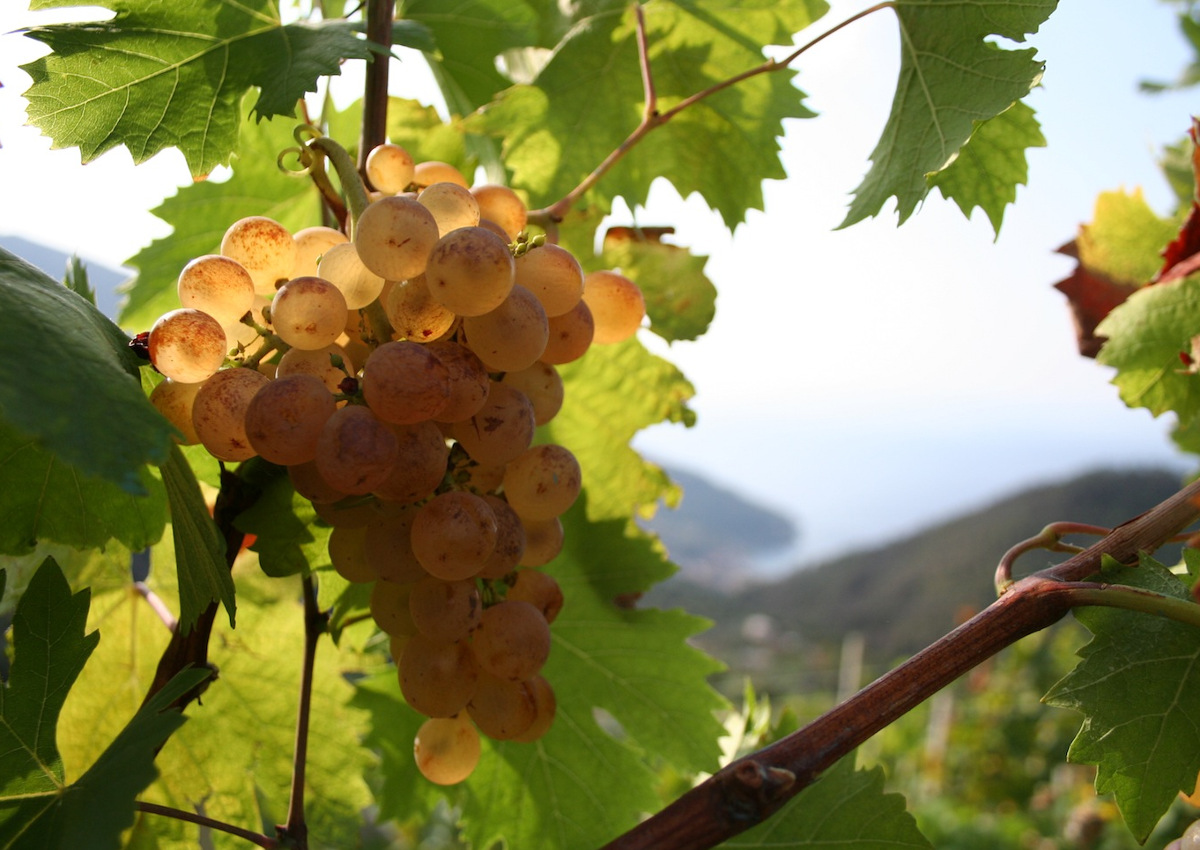The 2018 vintage is about to start in Italy. This year’s production is expected to increase between 10% and 20%, with about 46/47 million wine hectolitres compared to 40 million in 2017 (one of the lowest due to a severe drought). This is what Italian farmers association Coldiretti estimates on the occasion of the detachment of the first bunch of grapes from the Faccoli farm in Coccaglio, in Franciacorta area (Lombardy), which traditionally inaugurates the beginning of the vintage of Pinot and Chardonnay grapes for the production of sparkling wines.
THE VINTAGE CONTEST WITH FRANCE
The expected result shall be in line with the average of the last decade. Therefore, it reopens the traditional challenge for the world production leadership between Italy and France after the primacy conquered last year by Italian wine. According to latest forecasts by Agreste, the statistical department of the French Ministry of Agriculture, production should be 46.8 million hectoliters in France, 27% more than last year, with concerns about mold and rot in Languedoc and Bordeaux.

A GOOD YEAR IN SIGHT
The 2018 vintage in Italy, as a result of the rains that characterized the spring and early summer, is lengthened with a delay of about a week compared to last year. Current conditions give hope for a vintage of good or excellent quality, although the trend will depend very much on the rest of August and September. From North to South the harvest starts with Pinot and Chardonnay grapes and continues in September and October with the great typical red grapes of Sangiovese, Montepulciano, and Nebbiolo, to end in November with Aglianico and Nerello.
ITALY’S RECORD IN TYPICAL WINES
More than 70% of Italian production will be destined to DOCG, DOC and IGT wines; 332 wines can boast a controlled designation of origin (DOC), 73 a controlled and guaranteed designation of origin (DOCG), and 118 a typical geographical indication (IGT) recognized in Italy. The remaining 30% will concern table wines. On the national territory there are 504 varieties registered in Registro Viti (vine register) compared to 278 in France, demonstrating the rich heritage of biodiversity which Italy can count on.

